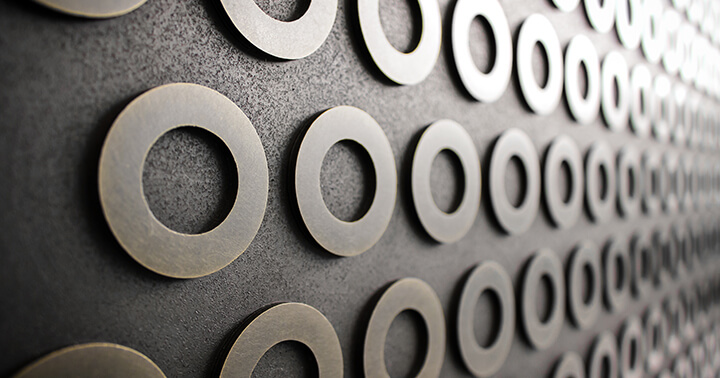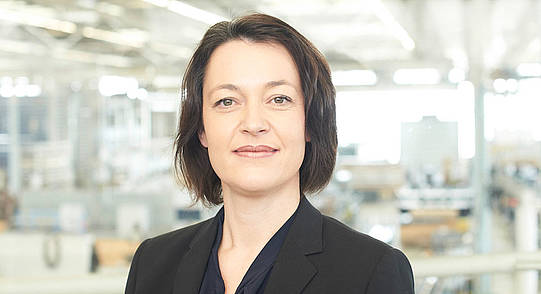Material trend bronze, brass and copper in façade constructions
Bronze, brass and copper are enjoying another revival in recent years due to their use by a growing number of architects, especially in North America and the UK. The use of copper alloys has a long tradition in the building industry. Copper and copper alloys are among the oldest technically used materials. In the building industry, copper is the most important non-ferrous metal besides aluminium. In current architectural designs, copper is used in many places and, due to its special properties, meets important functions.
Usage and machining in the building industry
The alloy variants are numerous. They differ in their metallurgical properties and are standardized differently worldwide. The alloys are processed as plate, sheet or sections. Some alloys are available in all shapes and can therefore be combined very well. façade frame sections and sheet metal panels made from different brasses can take on different appearances after being exposed to the weather for several years. However, it is possible to coordinate the base material of different brasses in order to achieve a colouring that is as uniform as possible and a consistent ageing behaviour. As a façade construction specialist seele adjusts the basic material from different building components in advance, because otherwise the difference becomes apparent during usage. The ageing behaviour of the various components is more similar due to the use of matched alloys.
In addition, a sound knowledge of the mechanical and chemical properties of the alloys is important. The possible processing methods, such as simple milling or grinding, but also laser cladding methods, can only be carried out with selected alloys. Extensive technical process investigations and sampling enable a unique repertoire of component, material and process combinations for customer-specific requirements.
seele, for example, matched the alloys of the door handles and connecting plates for the St. Patrick's Cathedral project in New York City, resulting in a homogeneous appearance. For the 82sqm internal façade, which separates a part of the chapel from the rest of the cathedral, seele realized the surrounding brass cladding of the façade, which was exactly adapted to the contour of the existing columns.
As far as machining is concerned, seele relies on welding, soldering, brazing and adhesive bonding as possible joining techniques. In terms of surface quality, bronze is generally better to weld than brass or special brass alloys. Patination is often achieved chemically by dipping, painting or brushing methods. For the TEC Bridge project in Toronto, for example, seele realized a 35m long steel-and-glass pedestrian bridge with dark patinated brass plates, into which circular ornaments were milled and subsequently the gold-brown patina was accepted in an acid bath.
Internationally standardized material designation
In order to clearly identify copper alloys, various material abbreviations and numbers have been developed. Internationally, the ISO designation is regarded as the most universal designation. For Europe, the material designation is regulated according to DIN EN 1412. The EN designation corresponds to the ISO designation. The “Unified Numbering System for Metals and Alloys” (UNS-Number) applies to the North American-dominated part. For Great Britain and the Commonwealth, the British system is used (PB number). For the planning operation, seele relies on a unique material designation through the ISO designation as well as the EN number.
The materials bronze, brass and copper are of very high quality and are easy to recycle. From the point of view of natural, material-inherent ageing, recyclability and a typically long service life of such expensive materials, it is possible to speak of a sustainable material in the case of a high-quality, design-conscious use. As a technologically advanced façade construction specialist seele is able to meet the trend towards the use of these materials by means of material know-how and the latest production techniques.
Detailed information can be found in the seele whitepaper: https://seele.com/nc/white-paper/

